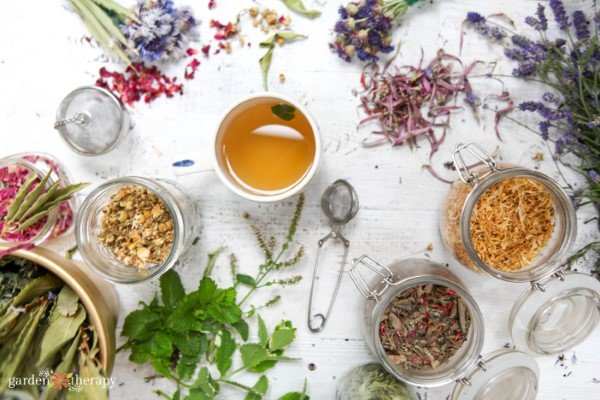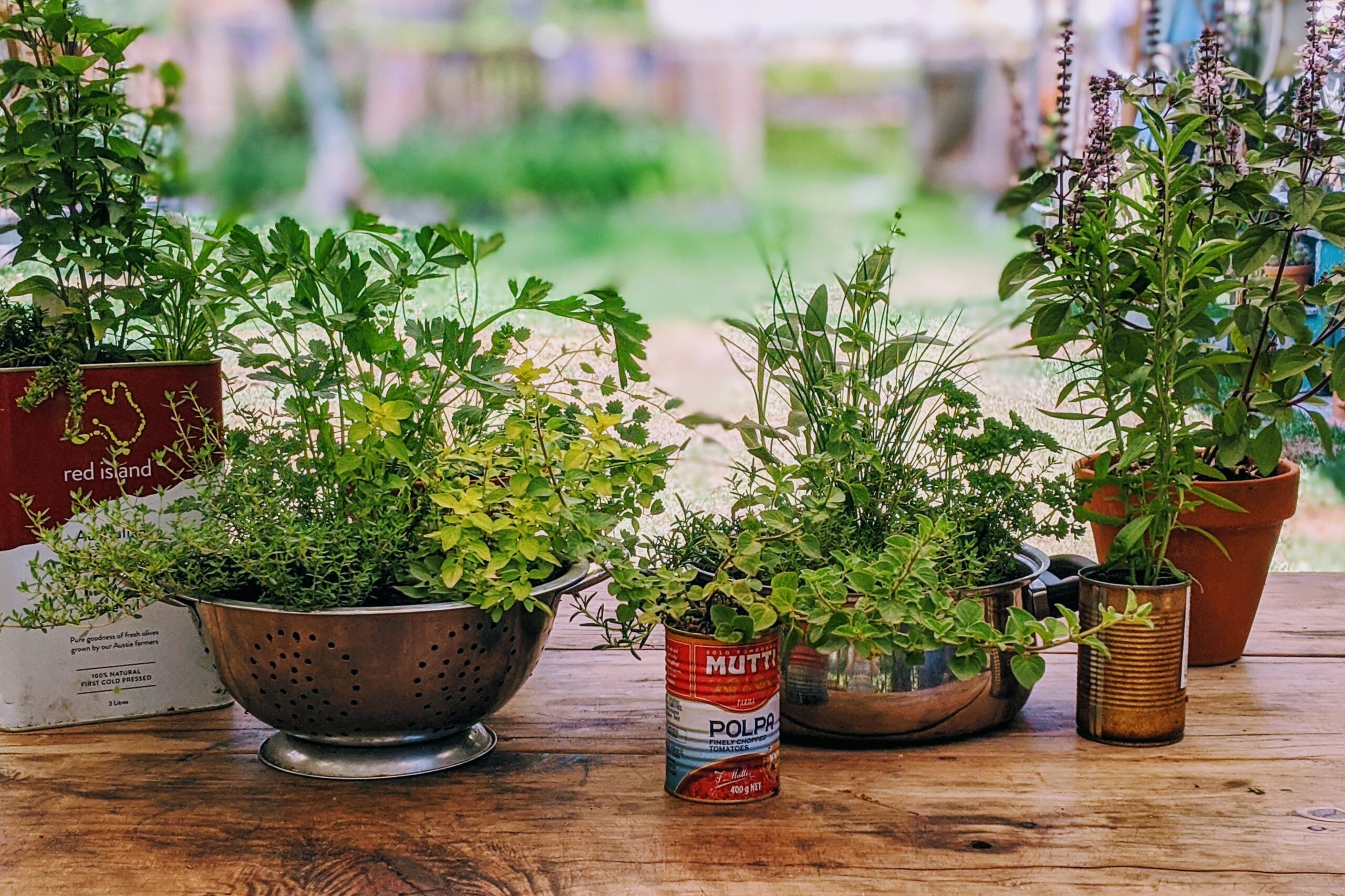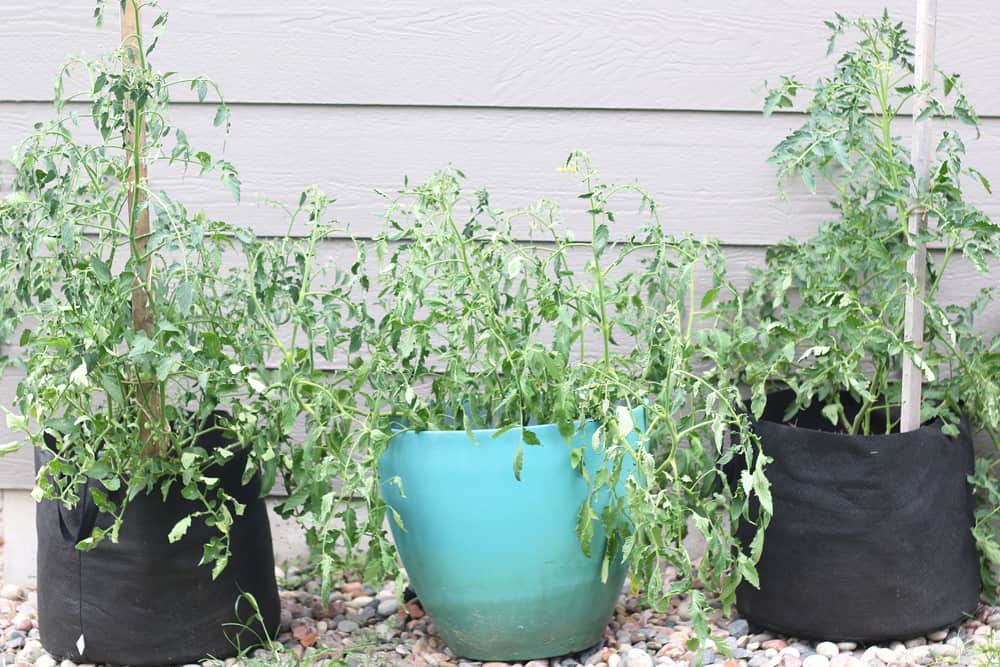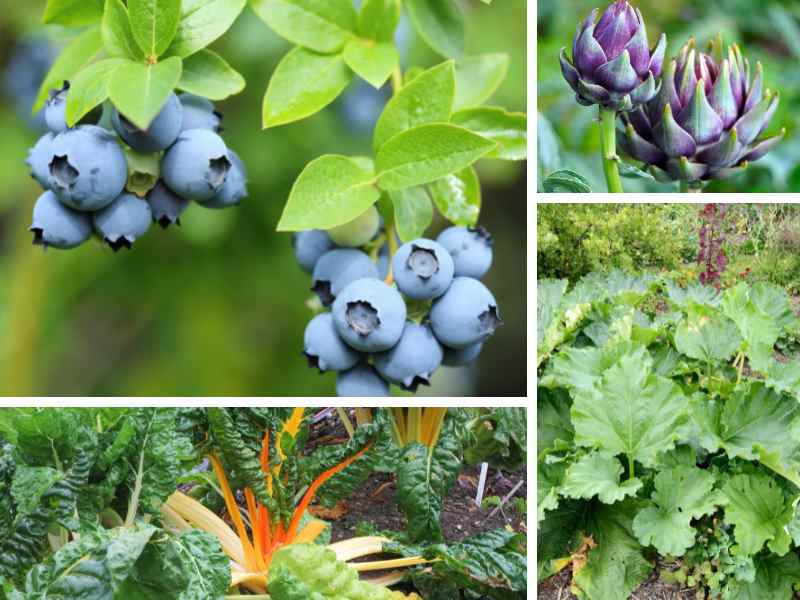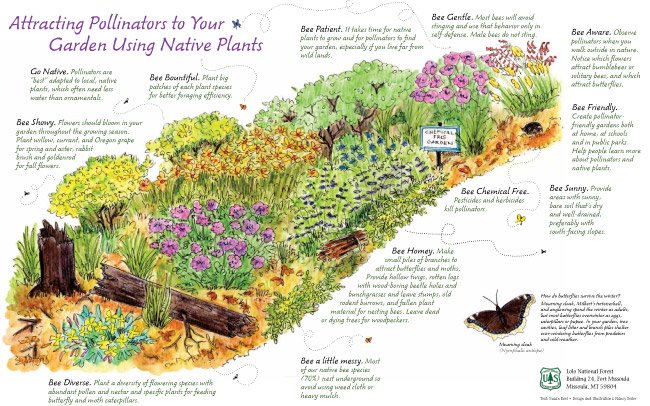
Introduction: The Silent Partners in Seed Production
Seed production, the cornerstone of agriculture and biodiversity, relies heavily on a critical yet often overlooked element: pollination. While honeybees, the domesticated workhorses of pollination, often steal the spotlight, a diverse cast of native pollinators plays an indispensable role in ensuring the success and genetic diversity of our crops and wild plants. These unsung heroes, including native bees, butterflies, moths, flies, beetles, and even hummingbirds, are uniquely adapted to pollinate specific plants, often outperforming honeybees in terms of efficiency and effectiveness.
However, native pollinator populations are facing unprecedented declines due to habitat loss, pesticide use, climate change, and disease. This decline poses a significant threat to food security, ecosystem health, and the overall resilience of our natural world. Attracting and supporting native pollinators is therefore not just an environmental imperative but also a practical necessity for ensuring a sustainable future for seed production.
This comprehensive guide delves into the world of native pollinators, exploring their importance, the challenges they face, and, most importantly, practical strategies for attracting them to your garden, farm, or natural area to enhance seed production. We’ll cover everything from understanding pollinator preferences and providing essential resources to creating pollinator-friendly habitats and mitigating threats. Whether you’re a seasoned farmer, a passionate gardener, or simply an advocate for biodiversity, this guide will equip you with the knowledge and tools to become a champion for native pollinators and unlock the full potential of seed production.
Understanding the Importance of Native Pollinators
Before diving into the specifics of attracting native pollinators, it’s crucial to understand why they are so important. While honeybees are undoubtedly valuable pollinators, they are not native to North America and can sometimes compete with native species for resources. Native pollinators, on the other hand, have evolved alongside native plants, forming intricate and mutually beneficial relationships that are essential for ecosystem health.
The Unique Advantages of Native Pollinators
- Specialized Pollination: Many native pollinators have evolved specialized structures and behaviors that make them particularly effective at pollinating certain plants. For example, bumblebees can “buzz pollinate” by vibrating their flight muscles to release pollen from flowers that honeybees cannot access.
- Adaptation to Local Climates: Native pollinators are adapted to the specific climates and conditions of their local environments, making them more resilient to environmental stressors than non-native species.
- Genetic Diversity: Native pollinators contribute to the genetic diversity of plants by cross-pollinating different individuals within a population. This genetic diversity is essential for plants to adapt to changing environmental conditions and resist diseases.
- Ecosystem Services: Native pollinators play a vital role in maintaining the health and stability of ecosystems by pollinating a wide variety of wild plants, which in turn support other wildlife.
The Economic Value of Native Pollinators
The economic value of native pollinators is immense. Studies have shown that native pollinators contribute billions of dollars to the agricultural economy each year by pollinating crops such as fruits, vegetables, nuts, and seeds. In some cases, native pollinators can even increase crop yields and improve the quality of produce.
Furthermore, supporting native pollinators can reduce the reliance on managed honeybee colonies, which can be expensive and time-consuming to maintain. By creating pollinator-friendly habitats, farmers and gardeners can harness the power of nature to enhance seed production and improve their bottom line.
Identifying Your Local Native Pollinators
One of the first steps in attracting native pollinators is to identify the species that are present in your area. This will help you understand their specific needs and preferences, allowing you to create a habitat that is tailored to their requirements.
Common Native Pollinator Groups
- Native Bees: North America is home to over 4,000 species of native bees, ranging from tiny sweat bees to large bumblebees. Native bees are generally more efficient pollinators than honeybees because they carry pollen more effectively and are more active in cooler temperatures and cloudy weather.
- Butterflies and Moths: Butterflies and moths are important pollinators for a variety of plants, especially those with brightly colored flowers and sweet nectar. Their long tongues allow them to reach nectar deep inside flowers, and their large wings can carry pollen over long distances.
- Flies: Flies are often overlooked as pollinators, but they are actually quite important for certain plants, such as those in the carrot and parsley family. Some flies even mimic bees in appearance, further enhancing their pollination efficiency.
- Beetles: Beetles were among the earliest pollinators, and they continue to play a role in pollinating certain plants, such as magnolias and pawpaws. Beetles are attracted to flowers that are large, bowl-shaped, and have a strong odor.
- Hummingbirds: Hummingbirds are important pollinators for many brightly colored, tubular flowers, especially those that produce copious amounts of nectar. They are highly active and can travel long distances in search of food.
Resources for Identifying Native Pollinators
There are many resources available to help you identify native pollinators in your area. These include:
- Field Guides: Field guides are a great way to learn about the different species of native pollinators in your region. Look for guides that include detailed descriptions, illustrations, and range maps.
- Online Resources: Several websites and online databases provide information about native pollinators, including their identification, habitat, and behavior. Some popular resources include the Xerces Society, the Pollinator Partnership, and BugGuide.net.
- Local Experts: Contact your local extension office, nature center, or university entomology department for assistance in identifying native pollinators. These experts can provide valuable insights into the specific species that are present in your area.
Creating a Pollinator-Friendly Habitat
Once you’ve identified the native pollinators in your area, you can begin creating a habitat that meets their specific needs. This involves providing them with food, water, shelter, and nesting sites.
Providing Food Resources
The most important thing you can do to attract native pollinators is to provide them with a consistent source of food. This means planting a variety of flowering plants that bloom throughout the growing season.
- Plant a Diversity of Flowers: Choose plants with different colors, shapes, and sizes to attract a wide range of pollinators.
- Select Native Plants: Native plants are generally the best choice because they have evolved alongside native pollinators and are well-suited to the local climate and soil conditions.
- Plant in Masses: Planting flowers in large groups or masses makes it easier for pollinators to find them and increases their foraging efficiency.
- Provide Continuous Bloom: Choose plants that bloom at different times of the year to ensure that pollinators have access to food throughout the growing season.
- Consider Pollen and Nectar Content: Some flowers are richer in pollen and nectar than others. Choose plants that provide a good source of both resources.
Providing Water Sources
Pollinators need water to stay hydrated, especially during hot, dry weather. Providing a water source can be as simple as placing a shallow dish of water with pebbles or marbles in your garden. The pebbles or marbles provide a landing spot for pollinators to drink without drowning.
Other options for providing water include:
- Bird Baths: Bird baths can be used by pollinators as well as birds. Just make sure the water is shallow enough for pollinators to access it safely.
- Mud Puddles: Some pollinators, such as butterflies, are attracted to mud puddles. Creating a small mud puddle in your garden can provide them with essential minerals and moisture.
- Dripping Hoses or Sprinklers: A slow-dripping hose or sprinkler can provide a constant source of water for pollinators.
Providing Shelter and Nesting Sites
Pollinators need shelter from the elements and safe places to nest and raise their young. Providing these resources can significantly increase pollinator populations in your area.
- Leave Leaf Litter: Many pollinators, such as bumblebees and moths, overwinter in leaf litter. Leaving leaf litter in your garden provides them with a safe place to hibernate.
- Provide Brush Piles: Brush piles can provide shelter for a variety of pollinators, including bees, butterflies, and beetles.
- Create Nesting Sites for Bees: Many native bees are solitary nesters, meaning they don’t live in colonies like honeybees. These bees nest in a variety of places, including underground tunnels, hollow stems, and wood cavities. You can provide nesting sites for these bees by creating bee hotels or leaving standing dead trees in your garden.
- Provide Host Plants for Butterflies and Moths: Butterflies and moths need specific host plants to lay their eggs on. These plants provide food for the caterpillars as they develop. Research which host plants are native to your area and plant them in your garden.
Managing Your Landscape for Pollinators
In addition to providing essential resources, it’s also important to manage your landscape in a way that supports pollinators. This includes avoiding pesticides, reducing mowing, and controlling invasive species.
Avoiding Pesticides
Pesticides can be harmful to pollinators, even those that are labeled as “bee-friendly.” Avoid using pesticides whenever possible, and if you must use them, choose products that are less toxic to pollinators and apply them carefully, following all label instructions.
Here are some tips for reducing pesticide use:
- Practice Integrated Pest Management (IPM): IPM is a holistic approach to pest control that emphasizes prevention, monitoring, and the use of non-chemical methods whenever possible.
- Use Biological Controls: Biological controls involve using natural enemies, such as beneficial insects, to control pests.
- Hand-Pick Pests: If you only have a few pests, you can often remove them by hand.
- Choose Resistant Varieties: Some plant varieties are more resistant to pests than others. Choose resistant varieties whenever possible.
Reducing Mowing
Mowing your lawn less frequently can provide pollinators with more opportunities to forage for food. Many flowering plants, such as clover and dandelions, are considered weeds by some people, but they are actually valuable sources of nectar and pollen for pollinators.
Consider reducing the frequency of mowing in certain areas of your lawn or creating a wildflower meadow where you don’t mow at all.
Controlling Invasive Species
Invasive species can outcompete native plants, reducing the availability of food and habitat for pollinators. Control invasive species by removing them manually or using herbicides. Be sure to choose herbicides that are safe for pollinators and apply them carefully, following all label instructions.
Specific Plant Recommendations for Attracting Native Pollinators
The best plants to attract native pollinators will vary depending on your region and the specific pollinators you are trying to attract. However, here are some general recommendations:
Native Bee Favorites
- Asters (Symphyotrichum spp.): Asters are late-blooming flowers that provide a valuable source of nectar and pollen for bees in the fall.
- Goldenrods (Solidago spp.): Goldenrods are another late-blooming flower that is highly attractive to bees.
- Sunflowers (Helianthus spp.): Sunflowers provide a large amount of pollen and nectar for bees.
- Coneflowers (Echinacea spp.): Coneflowers are drought-tolerant and attract a variety of bees.
- Milkweeds (Asclepias spp.): Milkweeds are essential host plants for monarch butterflies and also provide nectar for bees.
Butterfly and Moth Magnets
- Butterfly Bush (Buddleja davidii): Butterfly bush is a popular choice for attracting butterflies, but it can be invasive in some areas. Choose non-invasive cultivars or native alternatives.
- Lantana (Lantana spp.): Lantana is a colorful flower that attracts butterflies and hummingbirds.
- Zinnia (Zinnia elegans): Zinnias are easy to grow and attract a variety of butterflies.
- Bee Balm (Monarda spp.): Bee balm attracts butterflies, hummingbirds, and bees.
- Violets (Viola spp.): Violets are host plants for many butterfly species.
Hummingbird Havens
- Trumpet Vine (Campsis radicans): Trumpet vine is a vigorous vine that attracts hummingbirds with its bright orange flowers.
- Salvia (Salvia spp.): Salvia is a drought-tolerant plant that attracts hummingbirds and bees.
- Fuchsia (Fuchsia spp.): Fuchsia is a shade-loving plant that attracts hummingbirds with its unique flowers.
- Cardinal Flower (Lobelia cardinalis): Cardinal flower is a native plant that attracts hummingbirds with its bright red flowers.
- Penstemon (Penstemon spp.): Penstemon is a drought-tolerant plant that attracts hummingbirds and bees.
The Role of Seed Saving in Pollinator Conservation
Seed saving and pollinator conservation are intrinsically linked. By saving seeds from open-pollinated plants, you are preserving the genetic diversity of those plants and ensuring that they continue to be adapted to your local environment. This genetic diversity is essential for plants to adapt to changing environmental conditions and resist diseases, which in turn benefits pollinators by providing them with a more resilient and diverse food source.
Furthermore, by growing plants from seed, you are reducing the demand for commercially produced plants, which are often treated with pesticides and other chemicals that can harm pollinators. Growing your own plants from seed allows you to control the growing environment and ensure that your plants are safe for pollinators.
Tips for Saving Seeds for Pollinator-Friendly Plants
- Choose Open-Pollinated Varieties: Open-pollinated varieties are those that breed true from seed, meaning that the offspring will be similar to the parent plants. Hybrid varieties, on the other hand, do not breed true from seed.
- Allow Plants to Fully Mature: Allow plants to fully mature before harvesting seeds. This will ensure that the seeds are viable and have the highest germination rate.
- Harvest Seeds on a Dry Day: Harvest seeds on a dry day to prevent them from molding.
- Clean and Dry Seeds Thoroughly: Clean and dry seeds thoroughly before storing them. This will prevent them from molding and ensure that they remain viable for longer.
- Store Seeds in a Cool, Dry, Dark Place: Store seeds in a cool, dry, dark place to maintain their viability.
Addressing Common Challenges
Attracting native pollinators can sometimes be challenging. Here are some common challenges and how to address them:
Pest Problems
Pests can damage plants and reduce the amount of food available for pollinators. Use integrated pest management (IPM) techniques to control pests without harming pollinators.
Disease Problems
Diseases can also damage plants and reduce the amount of food available for pollinators. Choose disease-resistant varieties and practice good sanitation to prevent disease problems.
Lack of Space
If you have limited space, you can still attract pollinators by planting in containers or creating a small pollinator garden. Even a small patch of pollinator-friendly plants can make a big difference.
Dealing with Invasive Plants
Invasive plants can outcompete native plants and reduce the amount of food and habitat available for pollinators. Remove invasive plants manually or use herbicides. Be sure to choose herbicides that are safe for pollinators and apply them carefully, following all label instructions.
The Future of Seed Production and Native Pollinators
The future of seed production is inextricably linked to the health and well-being of native pollinators. By attracting and supporting native pollinators, we can ensure a sustainable future for seed production and protect the biodiversity of our natural world.
This requires a collaborative effort from farmers, gardeners, policymakers, and individuals. By adopting pollinator-friendly practices, we can create a world where both seed production and native pollinators thrive.
Conclusion: Becoming a Pollinator Advocate
Attracting native pollinators is not just a matter of planting flowers; it’s a commitment to creating a healthier, more sustainable world. By understanding the importance of native pollinators, creating pollinator-friendly habitats, and advocating for pollinator-friendly policies, you can become a champion for these essential creatures and contribute to a brighter future for seed production and biodiversity.
Start small, learn as you go, and don’t be afraid to experiment. Every effort, no matter how small, can make a difference. Together, we can create a world where native pollinators thrive and seed production flourishes.
